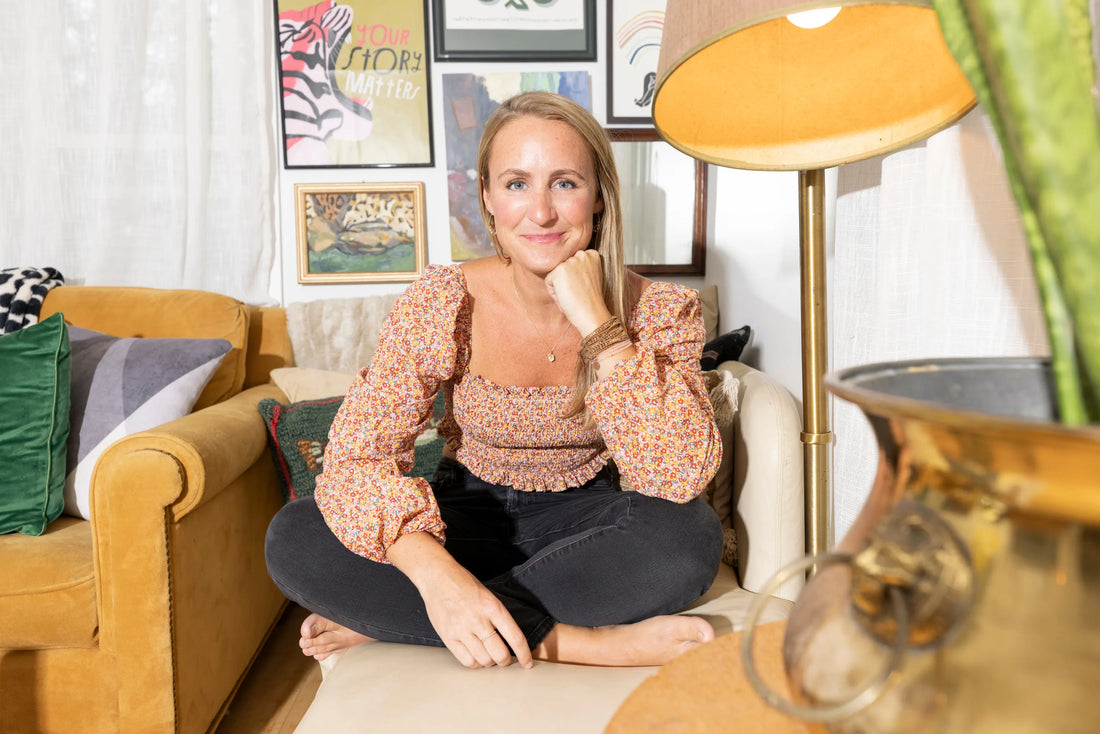How to measure your marketing ROI💰

A client asked me this a few days ago on a live call. Such great questions that many people have – below are some insights from the 30-minute discussion that followed in case you find it useful!
👉 Marketing budget benchmarks can cause more harm than good if taken out of context. This one about budget being 20% of revenue comes from bigger brands where thy have separate budgets for marketing and sales, and two separate budget categories within marketing: working dollars (for example, ad spend) and nonworking dollars (for example, content creation or ads management). Unless you’re doing it the same way, don’t use big brand benchmarks!
👉 Oftentimes in the early stages of our business, our marketing budget is going to be a much greater percentage of our revenue because we have to spend on brand awareness, audience building, and acquiring customers (while our revenue numbers are still relatively small).
👉 As far as what a “good ROI” is on paid ads, only novices will speak boldly with blanket statements. As founders, we see all the claims of 2 - 10x return on ad spend – with no context about how seasoned the ad account is, the size of the brand’s warm audiences, their price point, the time span it took to generate the return, etc. The only benchmark that actually matters is your total marketing efficiency ratio: the difference between the dollars you spend on growing your business and the amount of growth those dollars deliver.
👉 There are SO many other factors that can affect what marketing benchmarks look like at your particular brand! For example, how fast are you trying to grow? What’s the size and saturation of your market? What’s your price point? Your audience size? Do you have organic traffic (or foot traffic as a retailer)? All of these factors are like the genetic makeup of your brand and your unique benchmarks are the equivalent of your fingerprint.
👉 If we make decisions based on “rules” that lack context, we miss the opportunity to get to know our own numbers (like how much money and effort it takes for us to acquire a customer, what their value is to us over the course of three years, how that ratio fits in with all of the other expenses inside of our business, what that means for our profitability and ultimately, the sustainability of our business model).
👉 As founders and marketing leaders, we don’t need to create every post, but we do need to understand how to lead decision-making with all of this info!
Is that helpful?
In this course you will:
👉 Design your brand’s highest-performing content strategy and go-to-market plan that drives maximum return on investment.
👉 Meet every week to talk about your customer, your goals, your resources, and your brand’s best path forward.
👉 Create your own unique measurement model that removes all confusion and gives you confidence that your marketing program is effective, profitable, and sustainable.
👉 Sooooo much more!
< Back To Blog
